If you've ever stood in front of your spice rack scratching your head because you're out of cajun seasoning, you're not alone. Whether you're cooking a shrimp boil, jambalaya, or just trying to jazz up a boring chicken breast, that absence of heat and flavor can be a real buzzkill.
Luckily for you, there's no need to run to the store every time life throws you a spice shortage. Today, we're diving deep into the world of replacement cajun seasoning. From pantry staples to fancy store-bought alternatives, we've got the goods — and yes, there are visual showdowns involved!
- What is Cajun Seasoning Anyway?
- Why You Need a Cajun Seasoning Substitute
- Pantry Staple Replacements for Cajun Seasoning
- Store-Bought Cajun Seasoning Alternatives
- How to Choose the Best Replacement
- Buying Guide: The Top 5 Cajun Seasoning Substitutes
- Frequently Asked Questions
- Conclusion: Spice On, Fearlessly
What is Cajun Seasoning Anyway?
To understand what makes a good replacement, it helps to know what exactly you're trying to replicate. Cajun seasoning isn't just "spicy stuff." It's a carefully balanced blend rooted in Louisiana cuisine, typically made from:
- Paprika (smoky depth)
- Cayenne pepper (heat)
- Garlic powder
- Onion powder
- Black pepper
- White pepper
- Oregano
- Thyme
Unlike Creole seasoning (which often includes more herbs like basil and bay leaf), Cajun blends lean toward boldness and heat. So when you're seeking a substitute, you want to mimic this profile as closely as possible — whether through a DIY mix or another seasoned blend.
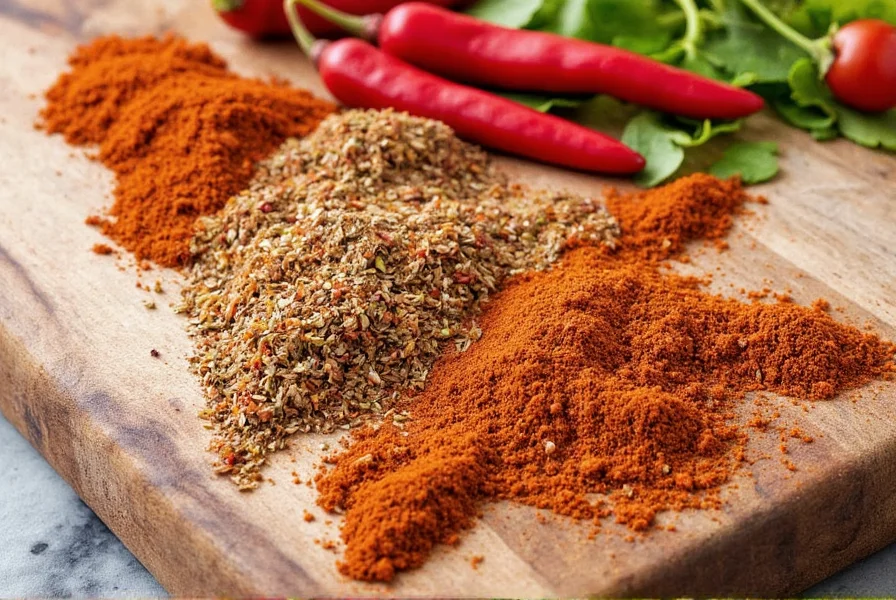
Why You Need a Cajun Seasoning Substitute
So why go through all this trouble? Why not just use salt and pepper and call it a day? Because food deserves flavor, my friend.
- You're out of your favorite brand
- You want something lower sodium
- You prefer a milder or spicier version
- You're cooking for someone with allergies or dietary restrictions
Plus, let's face it — sometimes your local grocery store just doesn't carry that fancy jar you saw on Instagram. Enter the hero: substitution magic.
Pantry Staple Replacements for Cajun Seasoning
The good news is, you probably already have some key players lurking in your spice cabinet. Here's how to build your own DIY cajun-style seasoning at home:
DIY Cajun-Inspired Blend Recipe
- 1 tbsp paprika
- 1 tsp cayenne pepper (adjust for heat level)
- 1 tsp garlic powder
- 1 tsp onion powder
- ½ tsp black pepper
- ½ tsp white pepper
- ½ tsp dried thyme
- ½ tsp dried oregano
Mix well and store in an airtight container. This will give you a fresh, customizable alternative that packs that cajun punch without breaking the bank.
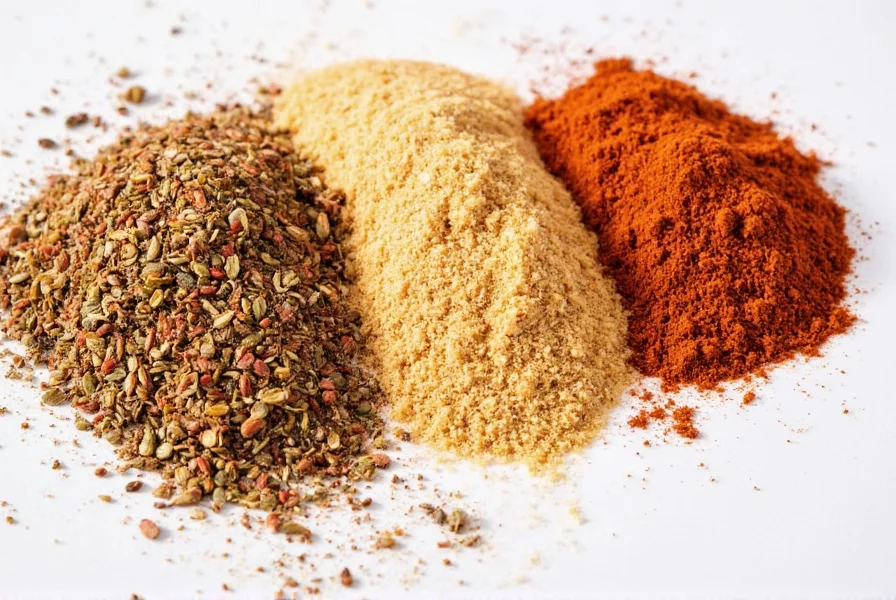
Variations Based on Heat Level
| Heat Level | Adjustments |
|---|---|
| Mild | Use half the cayenne or replace with smoked paprika |
| Medium | Stick to original recipe |
| Hot | Increase cayenne to 1.5–2 tsp |
| Extra Hot | Add crushed red pepper flakes or chili powder |
Store-Bought Cajun Seasoning Alternatives
Not a fan of DIY? No problem! There are plenty of ready-made substitutes available that work surprisingly well. Let's take a look at the top contenders:
1. Tony Chachere's Original Creole Seasoning
Tony Chachere's may technically be labeled as "Creole," but many home cooks swear by its cajun-like kick. Less cayenne than traditional cajun blends, but loaded with garlic and zest.
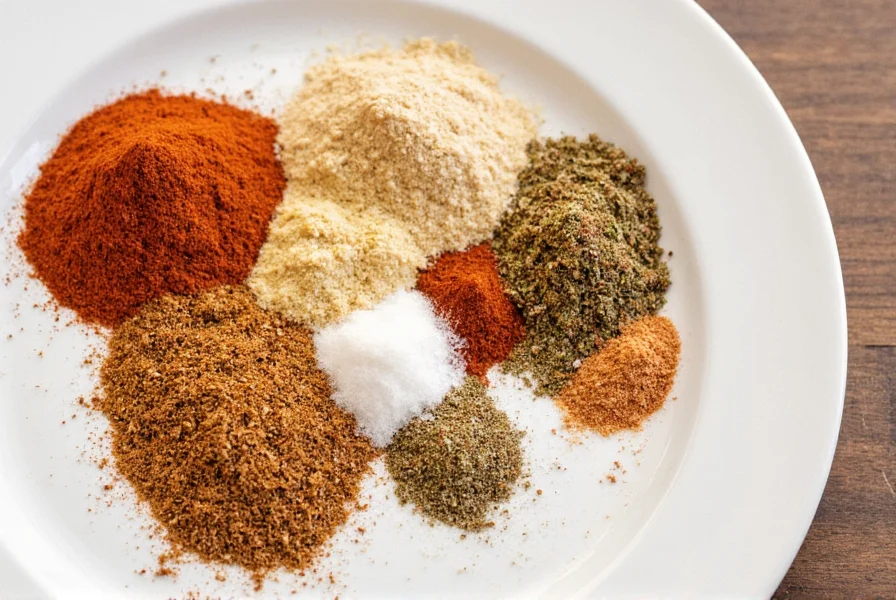
2. Badia Cajun Seasoning
A solid direct replacement with a strong emphasis on heat and smokiness. Perfect for grilled meats and seafood boils.
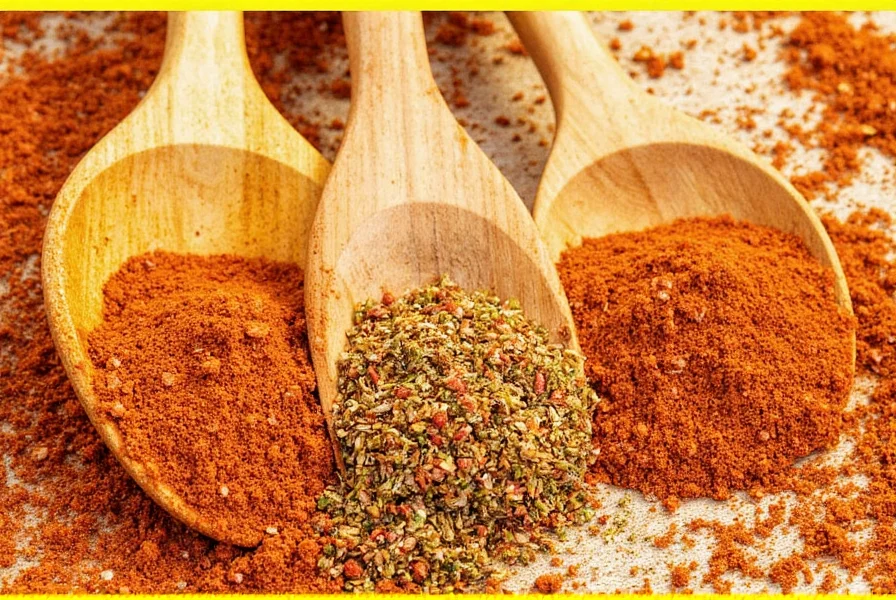
3. McCormick Cajun Seasoning
A widely available option with a mild to medium heat level. Great for beginners or those who want less risk with their roast chicken.
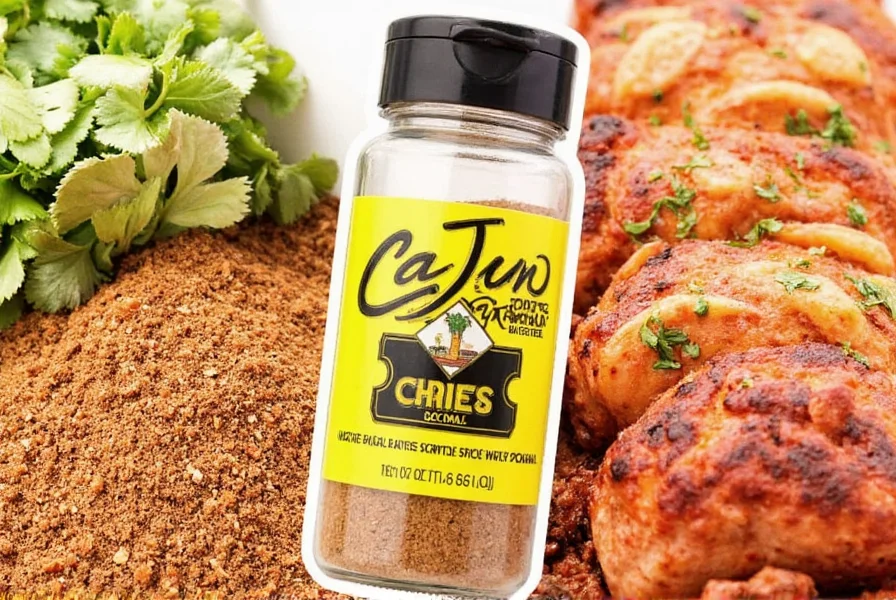
4. Zatarain's Crab Boil Seasoning
This one's a bit unconventional but excellent for seafood lovers. A heavy focus on celery salt, mustard seed, and bay leaves gives it a unique twist.
5. Emeril's Essence
Chef Emeril Lagasse created this iconic blend, which includes thyme, oregano, garlic, and onion powders. More versatile than most and great for everything from eggs to étouffée.
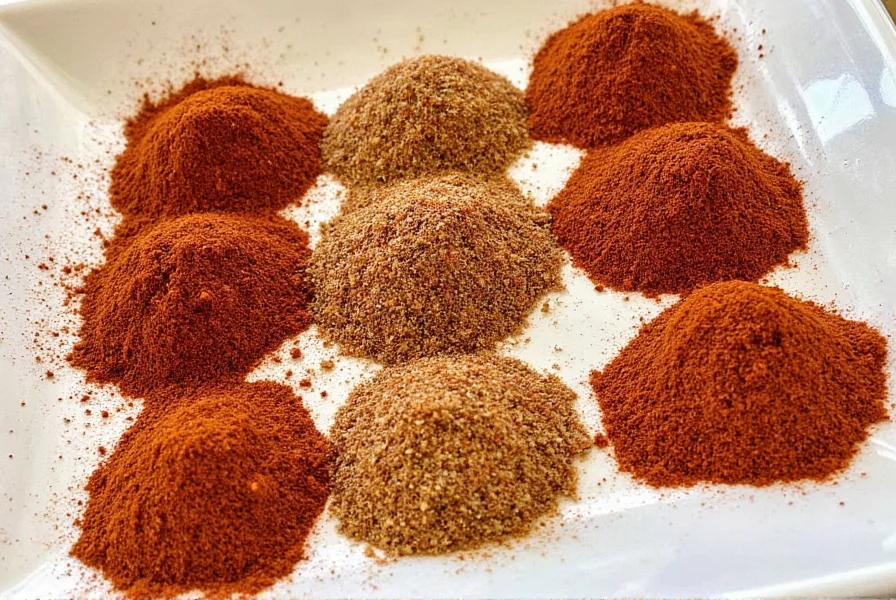
How to Choose the Best Replacement
Choosing between DIY and store-bought really comes down to your cooking style, preferences, and what's in your cupboard. Let's break it down:
| Factor | DIY Cajun Mix | Store-Bought Blends |
|---|---|---|
| Flavor Control | ✅ Fully customizable | ❌ Pre-mixed flavors |
| Convenience | ❌ Takes time to mix | ✅ Ready to use |
| Shelf Life | ✅ Up to 6 months | ✅ Typically longer shelf life |
| Allergies / Dietary Needs | ✅ Can avoid additives | ❌ May contain MSG or preservatives |
| Budget | ✅ Cost-effective | ❌ Varies by brand |
When to Use What?
- Use DIY: When you want full control, are short on cash, or have specific dietary needs.
- Use Store-Bought: When you're in a hurry, need consistency, or crave convenience (we don't judge).
Buying Guide: The Top 5 Cajun Seasoning Substitutes
Still unsure which product to pick off the shelf? Here's a breakdown of the best options currently available:
1. Tony Chachere's Original Creole Seasoning
- Features: Balanced blend of garlic, salt, and mild heat.
- Advantages: Affordable, widely available, versatile.
- Best For: Beginners, everyday cooking, light Cajun flair.
- Suitable Occasions: Weeknight meals, scrambled eggs, grilled chicken.
2. Badia Cajun Seasoning
- Features: Spicy and smoky with a strong cayenne base.
- Advantages: Authentic flavor profile, perfect for gumbo and jambalaya.
- Best For: Cajun purists, spicy dish lovers, outdoor grillers.
- Suitable Occasions: Weekend grilling, seafood boils, festive dinners.
3. McCormick Cajun Seasoning
- Features: Mild to medium heat, subtle herbs.
- Advantages: Consistent quality, trusted brand, kid-friendly heat.
- Best For: Family meals, beginner cooks, poultry dishes.
- Suitable Occasions: Roasts, baked vegetables, casseroles.
4. Zatarain's Crab Boil Seasoning
- Features: Celery-based, aromatic, slightly herbal.
- Advantages: Unique flavor, ideal for seafood-centric dishes.
- Best For: Seafood lovers, crab boils, crawfish parties.
- Suitable Occasions: Summer cookouts, fish fries, steamed shrimp.
5. Emeril's Essence
- Features: Robust herb-forward blend with balanced heat.
- Advantages: Chef-endorsed, incredibly versatile.
- Best For: Serious home chefs, gourmet cooking, adventurous eaters.
- Suitable Occasions: Special occasion meals, restaurant-level home cooking, gumbos.
Frequently Asked Questions About Cajun Seasoning Substitutes
What's the closest substitute for Cajun seasoning if I don't have any?
The closest substitute is a DIY blend of paprika, garlic powder, onion powder, black pepper, cayenne pepper (for heat), and dried thyme and oregano. If you're in a pinch, a 1:1 mix of paprika and garlic powder with a pinch of cayenne can work as a basic substitute.
Can I use Creole seasoning instead of Cajun seasoning?
Yes, Creole seasoning can be used as a substitute, though there are subtle differences. Creole seasoning typically contains more herbs like oregano, basil, and bay leaf, while Cajun seasoning focuses more on peppers for heat. Tony Chachere's Creole Seasoning is a popular option that works well as a Cajun substitute.
How can I make Cajun seasoning without cayenne?
If you don't have cayenne but want to make Cajun seasoning, you can use chili powder (which is milder) or crushed red pepper flakes. For a milder version, simply increase the paprika and add a pinch of black pepper for some heat without the intensity of cayenne.
What's the main difference between Cajun and Creole seasoning?
The primary difference is that Cajun seasoning focuses more on heat (with cayenne pepper) and has a simpler herb profile, while Creole seasoning contains more herbs like oregano, basil, and bay leaf. Cajun seasoning tends to be spicier, while Creole seasoning has more herbal notes.
How much substitute should I use when replacing Cajun seasoning?
Use a 1:1 ratio when substituting. If using a store-bought alternative, start with the same amount you would use for Cajun seasoning, then adjust to taste. For DIY blends, start with the recommended amount in your recipe, then add more if needed after tasting.
Can I use Old Bay seasoning as a Cajun seasoning substitute?
Old Bay can work in a pinch, but it's quite different. Old Bay has more celery salt and is designed for seafood, while Cajun seasoning is spicier with more paprika and cayenne. If using Old Bay as a substitute, add extra cayenne or chili powder to get closer to the Cajun flavor profile.
How long does homemade Cajun seasoning last?
When stored in an airtight container away from light and moisture, homemade Cajun seasoning will stay fresh for 4-6 months. The flavors will be most potent in the first 2-3 months. Store-bought versions typically have a longer shelf life due to preservatives.
Conclusion: Spice On, Fearlessly
Ran out of your beloved cajun seasoning again? Don't panic. With a little creativity, a few pantry items, or the right store-bought substitute, you can keep that fire burning in your kitchen — literally and figuratively.
Whether you're a spice connoisseur or just trying to add a little zing to your Tuesday dinner, the key takeaway is simple: never let a missing ingredient ruin your culinary dreams. Embrace the challenge, experiment with flavors, and maybe even discover a new favorite along the way.
Now go forth and season like a pro. Your taste buds — and your guests — will thank you.
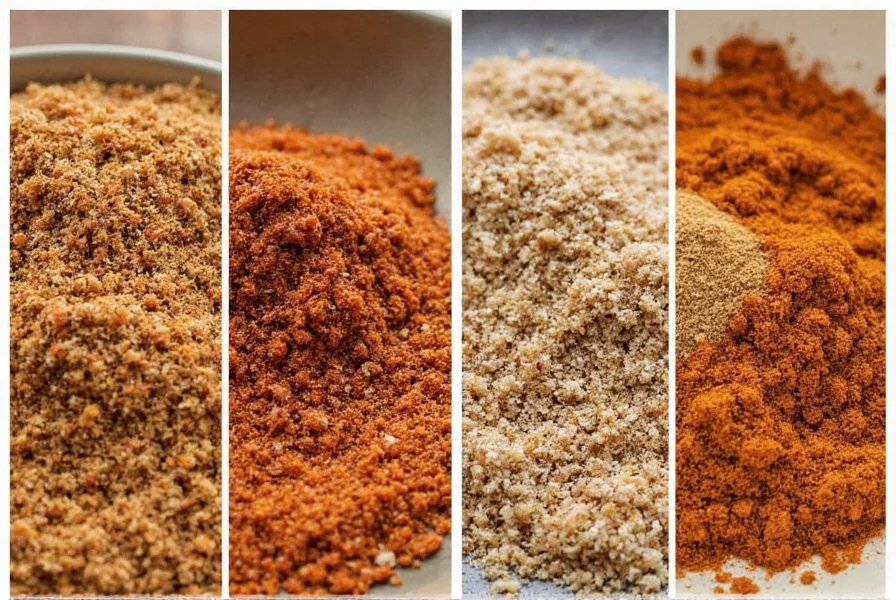
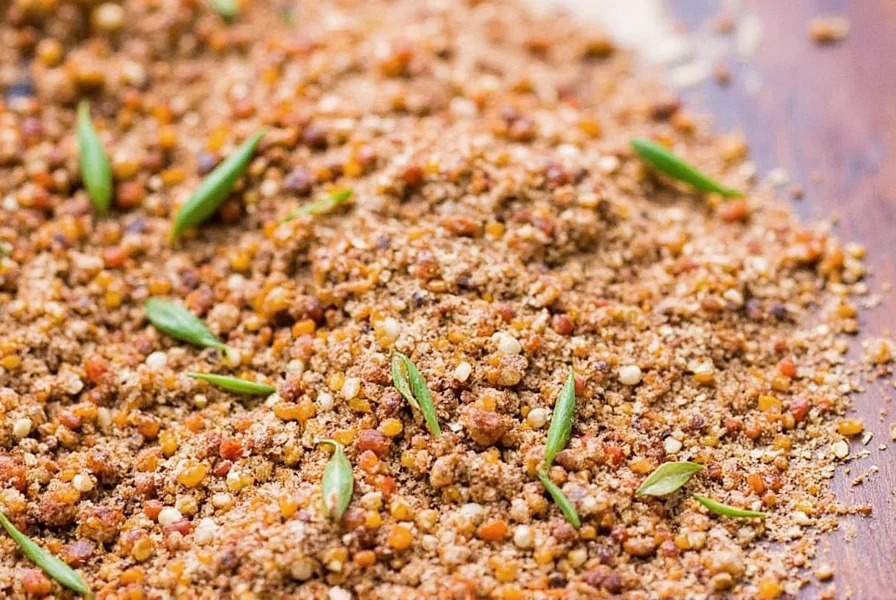

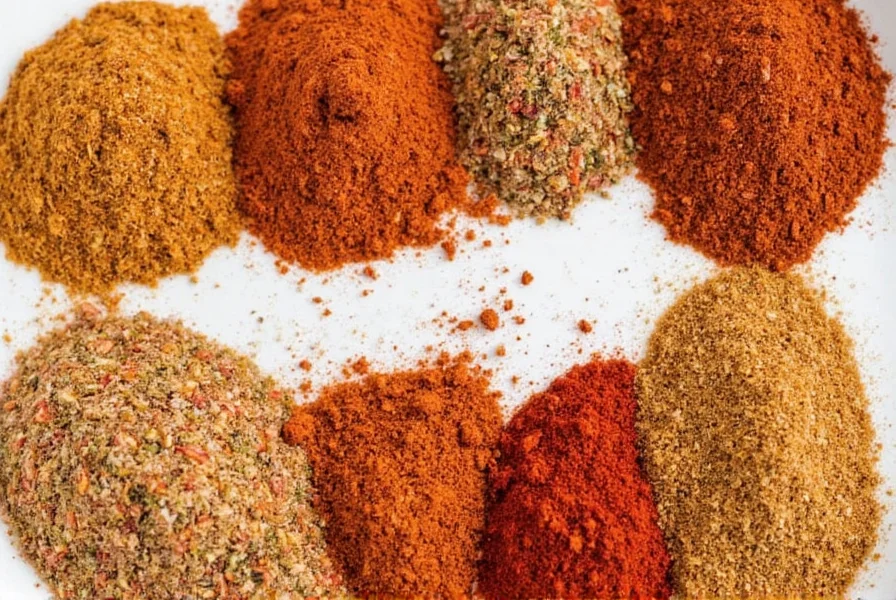









 浙公网安备
33010002000092号
浙公网安备
33010002000092号 浙B2-20120091-4
浙B2-20120091-4